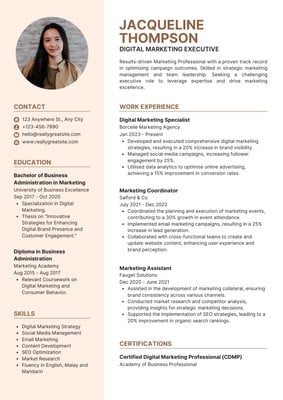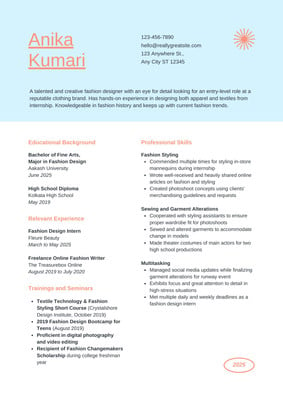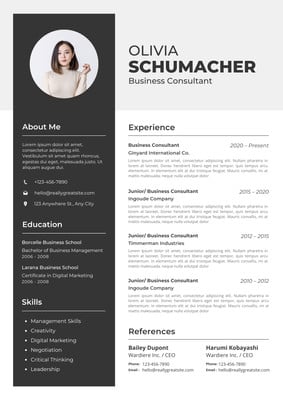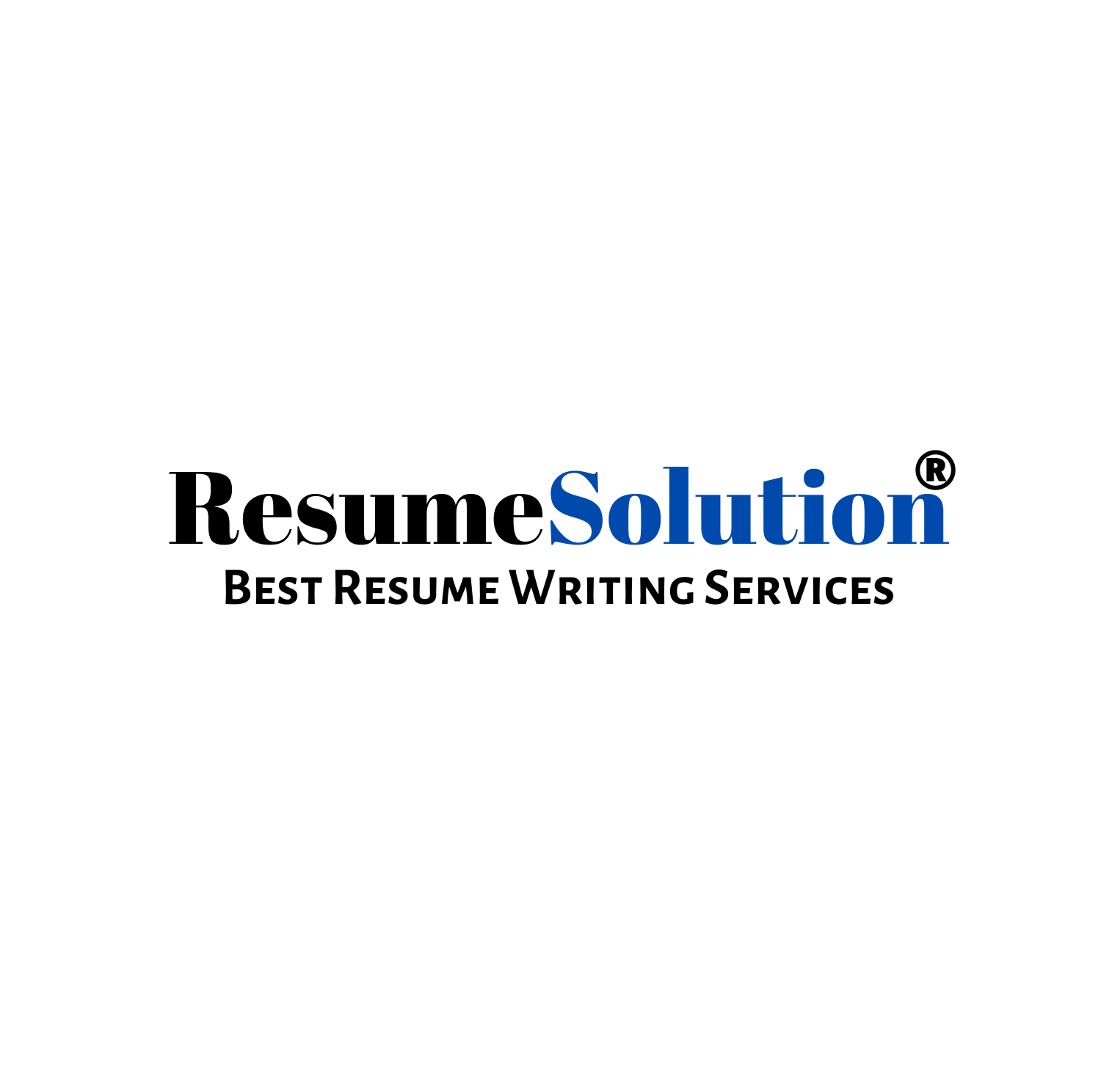Best Resume Formats for Jobs: Examples and Templates
Crafting the perfect resume is a crucial step in your job search process. Your resume is the first impression you make on potential employers, and it’s essential to present your skills and experiences in the best possible light. The format you choose can significantly impact how your resume is perceived. In this article, we’ll explore the best resume formats for jobs, provide examples, and offer templates to help you get started.
Understanding Resume Formats
Before diving into specific formats, it’s important to understand what a resume format is. A resume format refers to the layout and organization of information within your resume. It dictates how your work experience, education, skills, and other relevant sections are presented to the reader.
The right resume format highlights your strengths and downplays any potential weaknesses. There are three main resume formats to consider:
- Chronological Resume Format
- Functional Resume Format
- Combination (Hybrid) Resume Format
Each of these formats serves different purposes and is suitable for different types of job seekers. Let’s explore each in detail.
1. Chronological Resume Format
Overview:
The chronological resume is the most common and widely accepted format by employers. It lists your work experience in reverse chronological order, starting with your most recent position and working backward. This format is ideal for those with a strong work history in a particular field, showing a clear progression in their career.
Best for:
- Job seekers with a solid, consistent work history.
- Professionals looking to stay in the same industry.
- Candidates with notable achievements in past roles.
Structure:
- Header: Your name, contact information.
- Professional Summary: A brief statement summarizing your career highlights.
- Work Experience: List of jobs in reverse chronological order, including job title, company name, location, and dates of employment.
- Education: Details of your educational background.
- Skills: Relevant skills aligned with the job you’re applying for.
- Additional Sections: Certifications, volunteer work, languages, etc.
Example:
John Doe
john.doe@email.com | (123) 456-7890 | LinkedIn Profile
**Professional Summary**
Dedicated marketing professional with over 10 years of experience in digital marketing, brand management, and campaign strategies. Proven track record of driving growth and increasing brand awareness.
**Work Experience**
**Senior Marketing Manager**
ABC Corp, New York, NY
June 2018 – Present
- Led a team of 10 marketing professionals in executing successful digital campaigns.
- Increased website traffic by 40% and conversion rates by 25% through targeted strategies.
**Marketing Coordinator**
XYZ Inc., Los Angeles, CA
January 2015 – May 2018
- Assisted in the development and execution of marketing campaigns that resulted in a 15% increase in sales.
- Managed social media accounts, increasing followers by 30%.
**Education**
Bachelor of Arts in Marketing
University of California, Los Angeles (UCLA)
Graduated: 2014
**Skills**
- Digital Marketing
- Brand Management
- Social Media Strategy
- Data Analysis
**Certifications**
Google Analytics CertifiedTemplate:
| Section | Details |
|---|---|
| Header | Name, Contact Information |
| Professional Summary | 2-3 sentences summarizing your career achievements |
| Work Experience | Job Title, Company, Location, Dates of Employment, Key Duties |
| Education | Degree, Institution, Graduation Date |
| Skills | Bullet-point list of relevant skills |
| Additional Sections | Certifications, Languages, Volunteer Experience |

2. Functional Resume Format
Overview:
The functional resume format focuses on your skills and abilities rather than your chronological work history. This format is ideal for those with gaps in their employment history, career changers, or individuals with less work experience but strong, relevant skills.
Best for:
- Career changers.
- Job seekers with gaps in their work history.
- Recent graduates or individuals with less direct experience in the field.
Structure:
- Header: Your name, contact information.
- Professional Summary: A brief overview of your career goals and key qualifications.
- Skills Summary: Grouped by category (e.g., “Technical Skills,” “Leadership Skills”).
- Work Experience: Briefly list past roles with less emphasis on dates.
- Education: Details of your educational background.
- Additional Sections: Certifications, volunteer work, etc.
Example:
Jane Smith
jane.smith@email.com | (987) 654-3210 | LinkedIn Profile
**Professional Summary**
Aspiring data analyst with a strong background in mathematics and statistical analysis. Seeking to transition into the data science field by leveraging technical skills in Python, SQL, and data visualization.
**Skills Summary**
**Technical Skills**
- Proficient in Python, R, and SQL.
- Experienced with data visualization tools like Tableau and Power BI.
**Analytical Skills**
- Conducted complex data analysis to identify trends and patterns.
- Developed predictive models to forecast business outcomes.
**Work Experience**
**Freelance Data Analyst**
January 2022 – Present
- Provided data analysis services to small businesses, helping them optimize operations.
**Education**
Bachelor of Science in Mathematics
Stanford University
Graduated: 2020
**Certifications**
Certified Data Analyst (CDA)Template:
| Section | Details |
|---|---|
| Header | Name, Contact Information |
| Professional Summary | 2-3 sentences summarizing your career goals and qualifications |
| Skills Summary | Grouped list of skills relevant to the job |
| Work Experience | Brief job titles with less focus on dates |
| Education | Degree, Institution, Graduation Date |
| Additional Sections | Certifications, Volunteer Experience, etc. |

3. Combination (Hybrid) Resume Format
Overview:
The combination, or hybrid, resume format merges the best elements of the chronological and functional formats. It allows you to highlight relevant skills at the top of the resume while still providing a chronological work history. This format is versatile and suitable for a wide range of job seekers.
Best for:
- Experienced professionals with a diverse skill set.
- Job seekers looking to emphasize specific skills while showing a clear work history.
- Individuals transitioning to a new industry but with relevant experience.
Structure:
- Header: Your name, contact information.
- Professional Summary: A concise summary of your career and skills.
- Skills Summary: Highlighted skills related to the job.
- Work Experience: Chronological listing of job roles.
- Education: Details of your educational background.
- Additional Sections: Certifications, volunteer work, etc.
Example:
Michael Brown
michael.brown@email.com | (555) 123-4567 | LinkedIn Profile
**Professional Summary**
Versatile IT professional with over 12 years of experience in systems administration, network security, and cloud computing. Proven ability to manage large-scale IT projects and improve system performance.
**Skills Summary**
**Systems Administration**
- Managed Windows and Linux servers for a mid-sized company.
- Implemented automation scripts to improve efficiency.
**Network Security**
- Designed and implemented network security protocols, reducing incidents by 30%.
- Monitored network traffic to detect and respond to threats in real-time.
**Work Experience**
**Senior IT Manager**
Tech Solutions, Chicago, IL
March 2017 – Present
- Led a team of 15 IT professionals in managing company infrastructure.
- Spearheaded the transition to cloud-based services, improving scalability.
**IT Administrator**
Digital Ventures, Dallas, TX
June 2010 – February 2017
- Administered company-wide network and server systems, ensuring 99.9% uptime.
- Developed and implemented disaster recovery plans.
**Education**
Bachelor of Science in Information Technology
University of Texas at Austin
Graduated: 2009
**Certifications**
Certified Information Systems Security Professional (CISSP)Template:
| Section | Details |
|---|---|
| Header | Name, Contact Information |
| Professional Summary | 2-3 sentences summarizing your career and skills |
| Skills Summary | Key skills related to the job |
| Work Experience | Job titles in reverse chronological order, with key duties |
| Education | Degree, Institution, Graduation Date |
| Additional Sections | Certifications, Languages, Volunteer Experience |

Choosing the Right Resume Format
Selecting the right resume format depends on your career history, the job you’re applying for, and the message you want to convey to potential employers.
- Use the Chronological Resume Format if you have a steady work history and want to highlight your career progression.
- Opt for the Functional Resume Format if you have gaps in your employment history or are changing careers, and you want to emphasize your skills over your job titles.
- Choose the Combination Resume Format if you have a wealth of experience and skills and want to showcase both in a balanced manner.
Additional Tips for Crafting an Effective Resume
- Tailor your resume for each job application: Customize your resume to align with the job description, highlighting the most relevant skills and experiences.
- Use action verbs: Start bullet points with action verbs like “led,” “developed,” “implemented,” or “managed” to convey your accomplishments.
- 9 Solutions Architect Resume Examples for Your Job Search
- How to Find the Right Keywords to Beat the ATS (Applicant Tracking System)
- Resume Writing Tips to Help You Stand Out
- Best Resume Formats for Jobs: Examples and Templates
- How to Write a Recent Graduate Resume: A Comprehensive Guide with Examples







